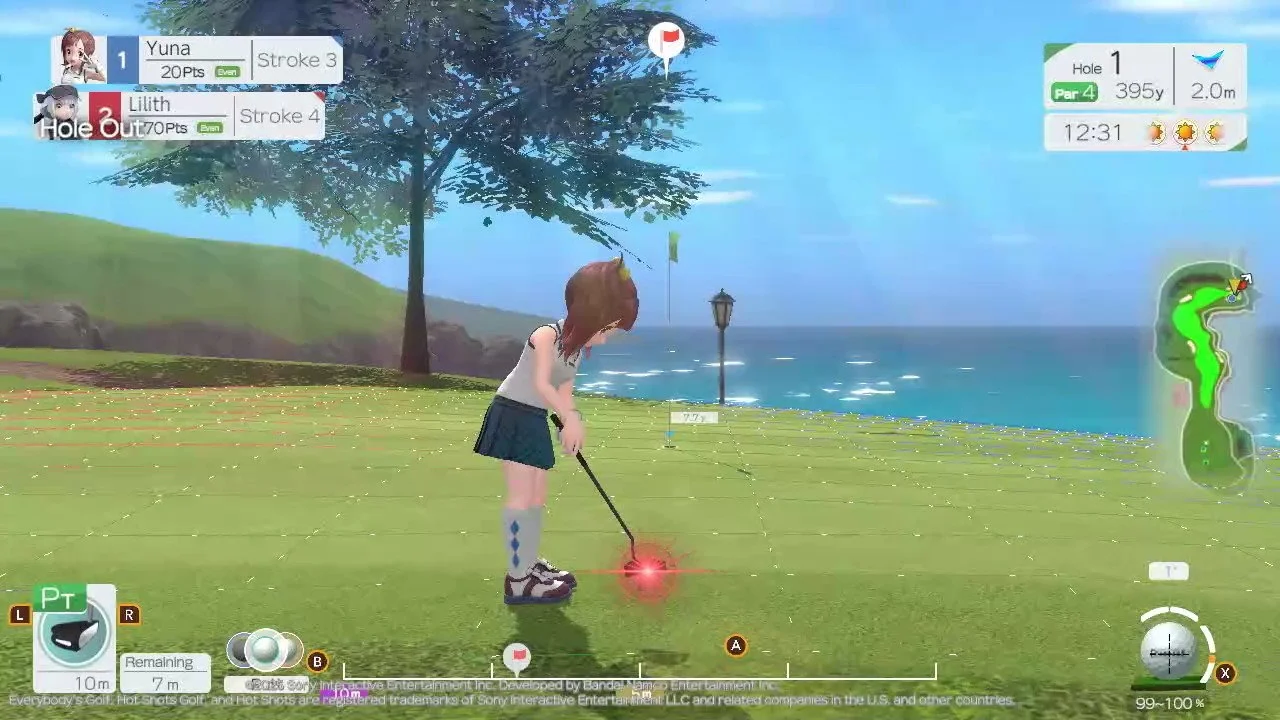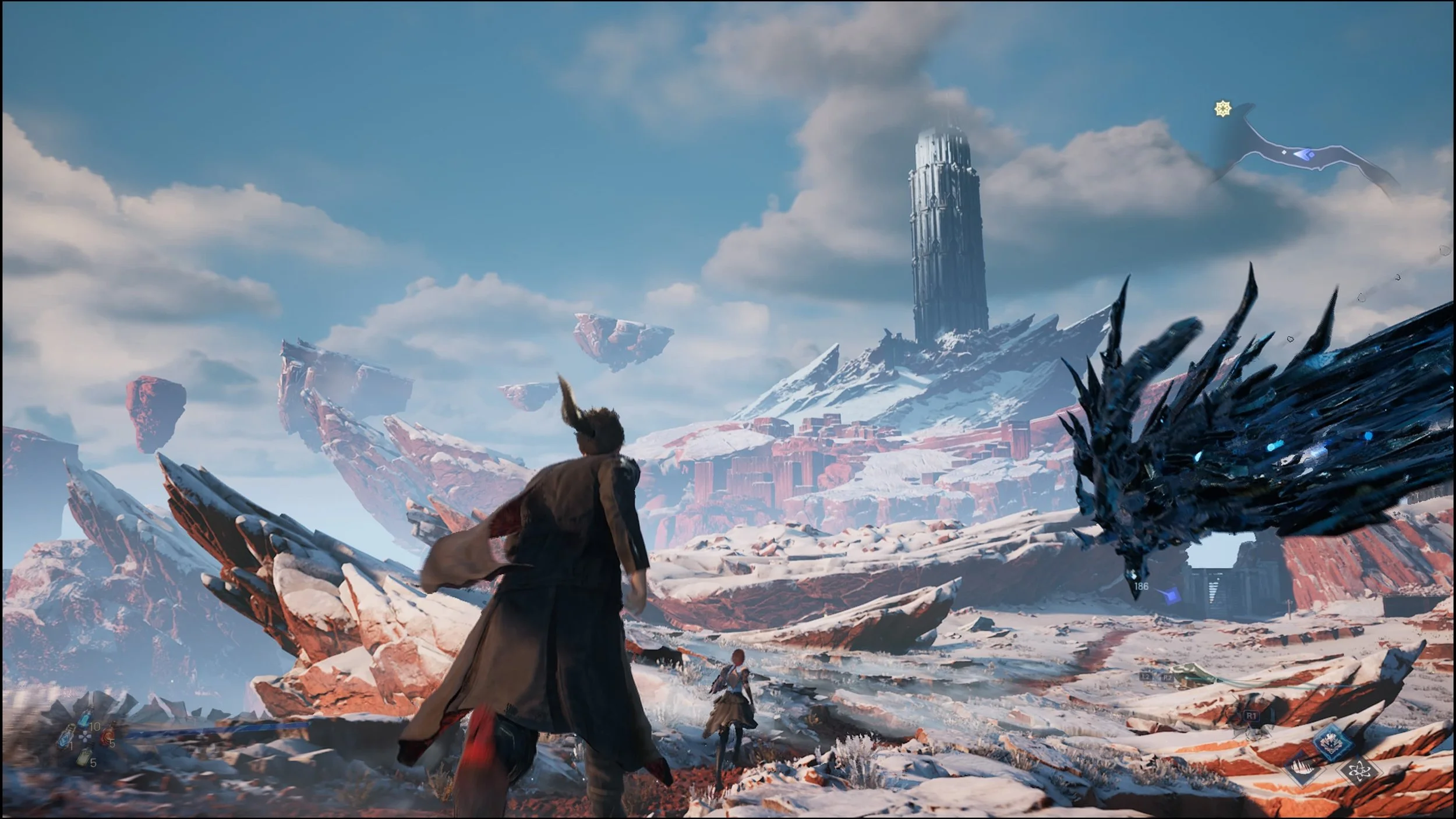The Last of Us Part 2 Review - Uncomfortably Numb
/When it was first announced, The Last of Us Part II was hard to picture. After the manner in which Naughty Dog concluded Joel and Ellie’s journey in the first game, many felt that this was one of those stories best left alone. However, the developers had another tale to tell, a journey that’s sure to unleash a flurry of emotions thanks to how expertly the story is presented and how fleshed-out and grounded the characters are, creating a visceral bond with the player. This narrative-driven game isn’t perfect, but it did manage to make me feel things that I haven’t felt from a game in ages (or ever), cementing this title as one that will surely be a stand-out for this decade.
The Last of Us Part II is a revenge story that keeps the tension tight and keeps it that way as you overcome the many dangers of this world. This is a journey of the now-19-year-old Ellie, hell-bent on making it through no matter the cost. Her drive is unwavering, and her choices are questionable at best. It’s a long and perilous journey that further fleshes out this post-apocalyptic world ravaged by a fungal-based disease, all the while keeping its focus on its characters.
The story is presented with a mellow score that plays only during certain scenes, with ominous ambience that grows tension from the seeds of unease to truly anxiety-inducing moments. This provides a spotlight for the performances of the talented motion capture artists, voice actors, and animators to shine, adding gravity to the setting and tone of many of the game’s key pieces. Even delicate emotions are expressed with care and grace thanks to detailed facial animations, and every frame is painstakingly fine-tuned so as to not let the player miss a single beat, from the most subtle gesture down to every crushing blow in a fight scene.
Those left behind
The game naturally gives you more context about the world since it’s set years after the first game, and details each featured society while centered on more personal quests. Naughty Dog is always about the human element in The Last of Us, and this focus shows not only in the narrative, but in the gameplay itself.
Ellie is pitted against a group of either infected, or humans of a given community. With regards to human threats, surprisingly, most of them have names and engage in light banter, so as to provide more weight as to what’s going on. I came across a group of three on the roof of a building, and one of them went off on her own to check a corner. This was my chance to strike, and then one of the remaining thugs shouted the now-dead individual's name, Alice. They went on alert and were asking Alice to respond, as it wasn’t funny that she was unresponsive to their callouts. It felt like a horror scene, but with me as the killer, just inches away from taking these two out as a matter of progress.
Throughout the game, I hear more of these “enemies” shout out their comrades’ names, especially when they witness them die instantly to my attacks. This was a nice touch by Naughty Dog to add another layer to support their attempt at making this franchise feel authentic. It also didn’t make me feel good, which is probably the point of it all.
The infected, on the other hand, have nothing human about them. They come at you in groups once they spot you, and boy, are they just as scary as I remember them. For just one example, the infamous Clickers make a return and only react to noise, while the common grunt zombie-like Runners are just crazed infected beings that run at you at first glance.
The modern age, forgotten
Ellie’s journey takes her to various locations and introduces new characters, with most of the action happening in a ruined Seattle, now beautifully recaptured by nature and squatted upon by societies that shoot first, and are constantly on edge. Most of the game will feel like it’s on rails, but in between your encounters with hostile forces, the game gives you a chance to explore a world left behind to rot, mixed in with small conversations and interactions to further add context about certain characters, a mix of callbacks and contrasts as to how Joel and Ellie were interacting in the first game.
The locales are mostly brown and green to express decay and nature respectively, but this makes key locations more appealing or hard to ignore, which in turn helps the player navigate the game’s space more easily. Examples might be a Red Cross logo on a building, or a dock with a ferris wheel that sticks out like a sore thumb, keeping the present goal visible in plain sight.
But this approach doesn’t translate well on every aspect of Ellie’s journey, as it’s easy to get lost for a minute or two, courtesy of my not noticing the crack in a wall that I was meant to slide through in pitch-darkness, or realizing that I can crawl through this wrecked car, or that I must make a leap of faith to take me where I need to go. The game tries to make it as easy as possible to know where to go, but despite Naughty Dog’s attempts to alleviate this, every now and then, players could find themselves puzzled as to how to progress.
It does help that exploring every nook and cranny will provide not only a treat for the eyes, but most often leads the player on to something valuable or informative. My curiosity took me to various supplies that helped me overcome various obstacles, notes that led to even more supplies, new upgrade trees to make Ellie more effective as a survivor, and scrap, which can be used to improve your gun’s effectiveness via a workbench. It feels like Naughty Dog has made sure that if ever you feel curious to look around, you’ll be rewarded in one way or another.
To craft, or not to craft
As with the first game, resources will still feel scarce almost all the time. You can only hold a fixed amount of supplies, and these can be used to craft useful items like a silencer for your pistol, or a medkit to heal Ellie. But what you craft with these items could be based on what you need at the moment. “If I craft a molotov cocktail right now to clear the way, I won’t have enough to make a medkit to heal me if things go wrong.” These are the types of decisions you’ll be facing in The Last of Us: Part II, as the essence of the gameplay is you properly managing Ellie’s resources in the most efficient way possible to survive. This also applies to ammunition, as there’s not enough to go around if you’re interested in going guns blazing from the get-go.
If you do find yourself in a firefight, you’ll be scrambling, doing various tricks to stay alive. You’ll throw bricks to stun an armed enemy in order to close the distance and finish him/her off with your crowbar, or throw loud stun grenades that could not only make your enemies vulnerable, but attract nearby infected.
Of course, guns are the most effective method of disposing your enemies. The shooting in The Last of Us Part II is sluggish thanks to heavy gun swaying coupled with the sometimes novel, mostly restrictive way characters move and interact with the environment. With ammo supply limited, missing a shot feels almost as bad as being shot, and if you do get hit, Ellie will feel it. This is still a video game, so she won’t die instantly or be stuck writhing in pain, but a direct hit will put her in a stunned state while some shots take her off her feet, resulting in the player either retaliating while on the ground, or taking the time to stand back up. This goes for the enemies as well, as they will take time to recollect themselves when, for example, taking a gunshot to the arm.
The journey, stretched
New enemy types change things up as the player progresses. You’ll face new patrol dogs that can sniff you out, enemies with added protection, or the infected Shamblers, but the gameplay does feel monotonous at certain parts, thanks to The Last of Us Part II being a lengthy game. It took me 22 hours to finish the story, and some encounters felt so much like padding that they gave me a sense of déjà vu. These sections of the game felt unnecessary and didn’t add much to the overall experience. The issue really stands out in the second half of the game, when you’re more experienced at the gameplay and equipped with more options to deal with threats, and also between certain story beats that have the players’ butts practically glued to their chairs, itching to know what will happen next. Naughty Dog certainly lives up to their name by milking their captive audience’s adrenaline output with tensions through the roof.
The Last of Us Part II left me uneasy, as you are given different perspectives to fully understand the overall story. You are left to question a character’s choices, even those you were rooting for at certain parts of the game. There were parts in The Last of Us: Part II that I didn’t want to participate in, simply because I didn’t agree with what was unfolding in front of my eyes. And there were parts where, hours later, I would eventually agree to and understand decisions that had been made earlier in the story.
I was taken aback that this game made me feel like I didn’t want to continue. I had to pause during a certain moment just to think it through, something I rarely do in a video game. Good or evil, right or wrong… The Last of Us Part II presents its conflicts as a matter of perspective, and what’s great about this game is that it has the potential to be perceived differently based on how you felt about each of the key characters.
The Last of Us: Part II delivered on a variety of fronts. This is a game worth playing despite its missteps, especially when you’ve played the first game (highly recommended). It’s an appealing revenge story that many will love, hate, or at the very least appreciate. This is a game that may challenge your moral compass. I can foresee that this will be talked about by players for weeks, even months, making it a rare experience worth soldiering through.
9/10
Highlights
Great character development and presentation of various perspectives.
A beautiful and inviting world despite its grim nature.
A story that will leave you stunned and in awe.
Certain encounters felt like little more than padding.
Gameplay similar to the first game with slight changes for added options.
What I’ve Played
Took me 22 hours to finish the story on Moderate difficulty. Not rushed.
Played a few hours of New Game+ to toy around with my old gear in early stages.
Found 10/14 of the safes.
[This review is based on a PS4 review code provided by Sony Interactive Entertainment.]



















SEGA and Ryu Ga Gotoku Studios put a ton of love and care into Yakuza Kiwami 2, and it runs flawlessly on Switch 2. If you’re like me and itching for a reason to take a plunge into the Yakuza universe, there’s no better time than the present.